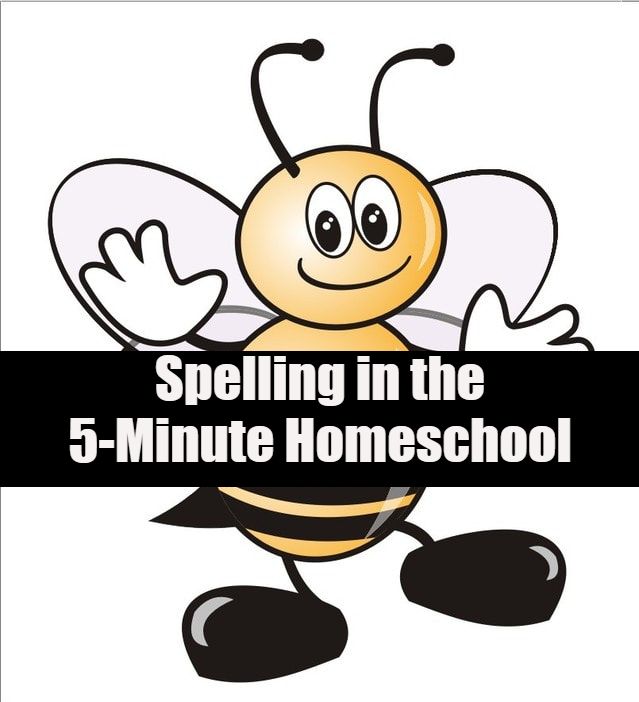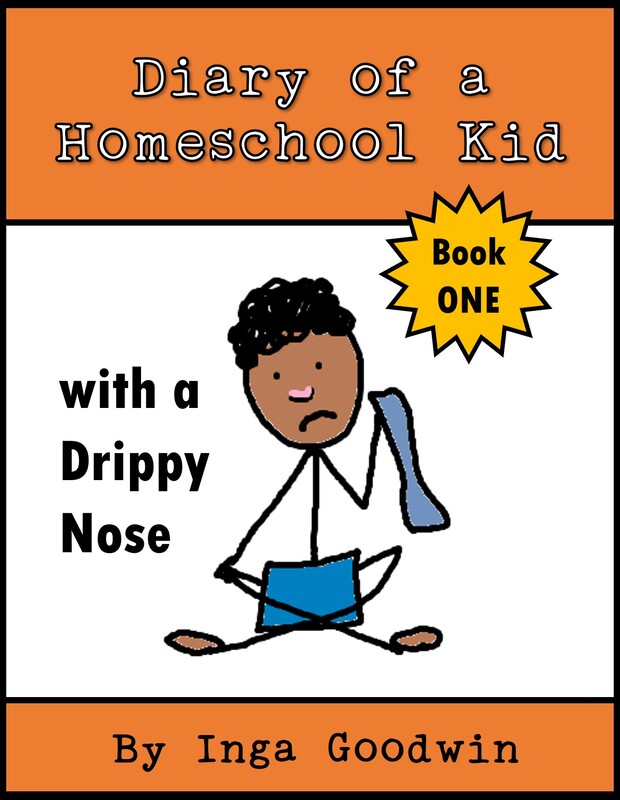https://www.homeschool.com/homeschooling-methods/
|
Are you thinking of homeschooling? I found this helpful summary of the different styles/methods of homeschooling. I think it is a great starting point to help you figure out some styles you may want to research further. After reading, what style(s) appealed to you?
https://www.homeschool.com/homeschooling-methods/
1 Comment
Why Every Student Needs to Memorize their Math FactsMath is subject that keeps building on previous knowledge. The brain can only process new information well when old information is transferred into long term memory. As a tutor who has worked with many students from kindergarten through high school, I can say without hesitation that students who did not know their math facts are guaranteed to struggle with math. And I can say after working with many many students that those who finally memorized their math facts were able to make miraculous strides in their math abilities. Do your child a huge favor. Give them the gift of math literacy! Just as it's imperative for children to achieve reading fluency in order to move on in all subjects that require reading, it's imperative for children to achieve math fluency in addition and subtraction math facts and multiplication math facts. How Do I Help my Child Memorize Math FactsUsually a child who struggles with math also struggled to memorize their math facts. It's important to figure out how this particular child needs to see the information and then practice it so that it gets stored in long term memory. Enter the learning styles of visual, audio, tactile, kinethetic. Enter the way that child usually processes information as either left-brain dominant or right-brain dominant. It is also important to figure out if there is some other physical handicap affecting the child's output or input skills. For example, a child with a writing handicap may get their brain totally frozen up when having to output the answers in writing. Or a child with a perfectionist streak may get frozen giving answers if not completely sure of them. A child with an eye stigmatism may not see the numbers clearly. A child with severe audio processing disorder may not hear your question clearly to be able to give an appropriate answer. A child with sleep difficulty may suffer from focus issues. There are many factors at play for children who may be struggling with math fact memorization. If you suspect a severe handicap, please have your child evaluated. Below we will proceed as if you have at least identified your child's handicap if present. Left Brained versus Right Brained DominantBeing left-brained or right-brained dominant has a profound effect on how one most efficiently receives new information. Left-brainers need every last step laid out in order to understand. Right-brainers need to see the big-picture first in order to know what to do with the information. When presenting new information, it's helpful to cover both of those approaches. Start with the big picture, then give clear, easy to follow steps, making sure all steps can be visualized as part of a whole. Let's see how these differences apply to learning math facts.
Different Learning StylesA student's preferred learning style is how they best remember new information. Some students remember things they hear well. Others need to see information in order to remember it. Some need to write it down to really absorb it. Others need to move with it. It's important to incorporate a student's preferred learning style into their practice sessions. Practicing or repeating the math facts is what will ultimately put them in long term memory. But, you can get them into long term memory quicker if you use a student's preferred learning style. Let's see how that learning style affects practicing math facts.
Tips for Planning Practice Sessions
Recommended ResourcesBelow are some sample resources for learning math facts (definitely not an exhaustive list, but they should give you an idea of what to look for). I will notate on them whether they lean towards left or right-brain dominant learners (LB or RB respectively) and which learning style they can accommodate (A, V, T, K).
Battling Over Sloppy Handwriting
Never did I dream that I would have a child with sloppy handwriting, but here I am. My son is extremely active and hates to sit still, so I should not have been surprised that having to sit still and slowly move the hand carefully to form legible letters would be agony for him and for me. Technically, my son can write better than legibly if we really duke it out, but I finally decided to save that battle for very special circumstances.
Finally, I told him, "You are either going to write or type, but we got to get busy writing more lengthy items like paragraphs and papers this year." He decided to finally learn how to type correctly. It took us a month using Typing.com, but by the end of the Intermediate level, he was typing 30 WPM - a perfectly functional speed! I was delighted, and he was relieved. Since then, his typing speed has continued to climb. Minimizing Computer Access
So, now I created a new challenge. I wanted my son to work on assignments independently (i.e. without my direct oversight) and especially in the morning before I get up, BUT I didn't want him to have access to his computer where he sometimes gets around parental controls. I also didn't want him to be able to get distracted with all the different programs available on the computer when he is supposed to be working on x-y-z. My son always finds things to distract himself with.
Enter the Word Processor, Yay!
So, I purchased a typewriter. Wow, was that a mistake. It took all of one day for my son to break it - 70 bucks down the drain! Then, I discovered the word processor - an electronic typewriter with the capacity to save your files. Yes! I narrowed in on one that used to be used to teach keyboarding and typing in schools - the Alpha Smart 3000.
Why I like the AlphaSmart 3000 Word Processor
How We Use the AlphaSmart 3000 in the 5-Minute Homeschool
One important component to the 5-Minute Homeschool is transitioning my child to working independently through practicing the same study tasks over and over again with different material. So, after working with son for several weeks to make sure he understood the tasks he needed to do, I release him to work on those tasks by himself when he wakes up in the morning (and I am still asleep). Below are some learning tasks he must do each day for 5th grade in which he types up his answers in his AlphaSmart 3000.
I even use the AlphaSmart for my little one who wants to be like big brother and claims she doesn't like to write. I make her practice her writing, then I continue working on spelling on the AlphaSmart. She also seems to prefer it, so I am about to make her learn how to type sooner than later. Learn to Type
Get the AlphaSmart 3000 from AmazonTwo Keys to Quick Spelling Fluency
Spelling can seem so daunting because there are so many words in the English language,...or are there? Actually, only 300 words in the English language make up 65% of our spelling and reading needs! So, cut through the fluff and focus on the words we really use. Unfortunately, some of those words are what we call "sight words" and don't follow basic phonetic patterns, so spelling by sound can be difficult.
Secondly, many words that rhyme are spelled similarly, like light, fight, night, tight, etc. If a student can learn -ight, they can spell a bunch of words that use that ending. If you teach your student words in rhyming/spelling groups, they have the added help of remembering one word then triggers their memory for another word. Ways to Practice the Common Words
How to Practice Rhyming Words
** For all of these exercises, remember your 5-Minute Homeschool rule, don't spend more than 5 minutes on spelling. Don't work on more than 3 new words at a time. Divide that 5 minutes up into new words and review words. My Favorite Spelling Resources in the 5-Minute HomeschoolGentle Standardized Test Preparation for Kindergarten and First Grade in the 5-Minute Homeschool9/23/2019 How we prepare for standardized tests in the 5-Minute Homeschool
In the state of Virginia, our children are required to take standardized tests in math and language arts at the end of each year starting in 1st grade. Growing up, my family always struggled with these tests. So, as a parent, I wanted to make sure my kids were always ready, so I started in Kindergarten exposing them to the types of questions they would see.
For our 5-Minute Homeschool, the potential difficulty to standardized tests is not the material itself. My kids were reading and counting to 100 before 3 years old. Rather, it is learning how to answer the questions. For example, my little one at 5 years old reads everything perfectly well, but she is not used to regularly being asked about what word has __ sound in it, or which word sounds the same but is spelled differently, etc. Since in the 5-Minute Homeschool, I do not administer traditional tests or require my children to do a lot of traditional worksheets, I like to use a super slim standards-based workbook to make sure my child is accustomed to seeing concepts in multiple choice, fill in the blank, and matching formats. Why I like Common Core GRADE LEVEL 4 Today Daily Skill Practice
My Favorite Standardized Test Prep Resources for Kindergarten and First Grade |
Recommended Homeschooling ResourcesThis section is dedicated to resources I have personally used and recommend (some with limited scope). Archives
January 2020
Categories
All
|










 RSS Feed
RSS Feed